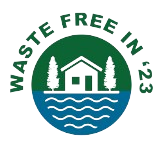How to Make Table Runners & Placemats Using Fabric/Textile Waste

Materials You’ll Need
-
Fabric/Textile Waste: Choose fabric remnants such as cotton, linen, or denim. These materials are ideal for DIY placemats and runners.
-
Sharp Fabric Scissors: Essential for clean, accurate cuts.
-
Tape Measure: To size your fabric according to your table dimensions.
-
Fabric Fusible Tape or Glue: Perfect for a no-sew method of sealing edges.
-
Iron & Ironing Board: For pressing folds and creating sharp edges.
-
Pins or Clips: Keep fabric pieces aligned and stable while working.
Instructions
Step 1: Measure Your Table and Cut the Fabric
- Table Runner: Measure the length and width of your table. For a standard table runner, the length should be about 2 feet longer than your table, and the width should be about 14 to 18 inches, depending on your preference.
- Placemats: For each placemat, cut fabric pieces that measure approximately 12 x 18 inches.
- Add an extra 1-inch margin on each side for hemming or bonding.
Cut the fabric to the correct measurements using your sharp scissors. For more sustainable options, mix and match different fabric scraps to create a patchwork design.
Step 2: Prepare the Edges of the Fabric
- If you’re using a no-sew method, fold the edges of the fabric over by 1/4 inch (0.6cm) to prevent fraying. (Refer to image below)
- Press the folds flat with your iron for crisp edges. For extra durability, you can also use fabric glue or fusible tape to secure the folds.
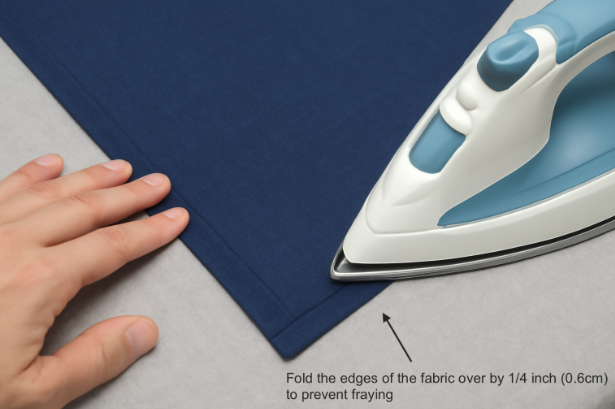
Step 3: Bond or Hem the Edges
- No-Sew Option: Place fusible tape along the fabric edge, then press with the iron to bond the fabric. Alternatively, fabric glue can be used to secure the edges.
- Sewing Option: If you prefer to sew, use a straight stitch along the edges to create a clean, durable hem.
Step 4: Assemble Your Table Runner or Placemats
- For a patchwork-style runner or placemat, arrange the fabric pieces in a design that pleases you. Pin the pieces together, ensuring the edges align. (Image below)
- Use fabric glue or a no-sew adhesive (fusible tape) to bond the pieces together or sew them with a sewing machine. (Refer to image below)
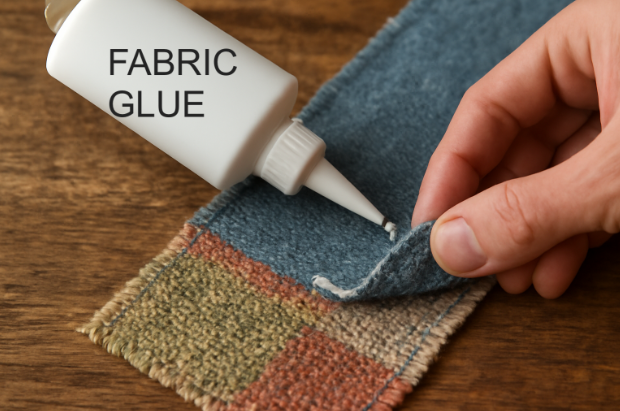
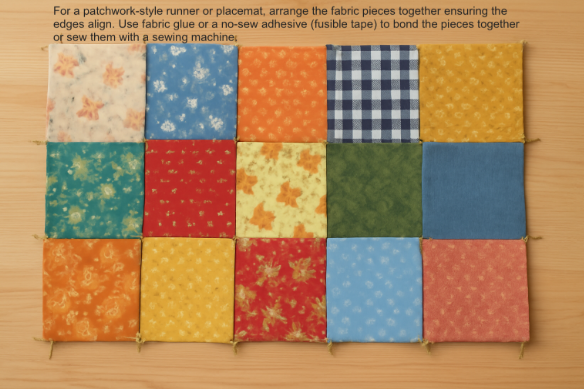
Step 5: Final Iron & Finish
Give your runner or placemats a final press to set everything in place.
Optional: Add embroidery, appliqué, or fabric paint for a personalized, artistic touch.
Step 6: Set the Table with Style
Display your handmade, upcycled textile creations proudly. These zero-waste table accents serve as both functional pieces and conversation starters at your next meal.
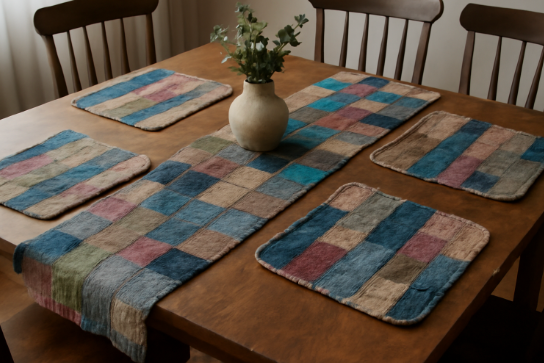
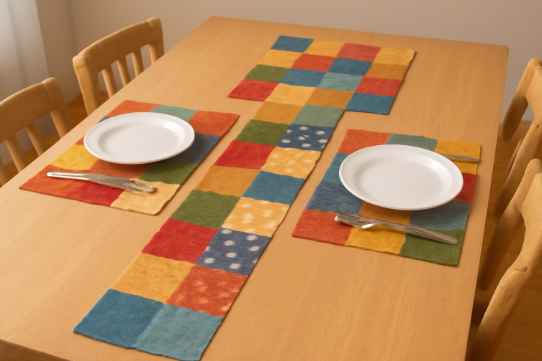
Upcycling Tips & Tricks
-
Repurpose Old Clothing: Give new life to worn-out shirts, dresses, or jeans by cutting them into strips. These make excellent, character-rich additions to your table runners and placemats.
-
Mix Fabrics: Don’t be afraid to experiment. Combining different textures, patterns, and colors creates a vibrant, boho-inspired look that makes every piece one of a kind.
-
Personalize: Add a personal touch with hand-stitched initials, meaningful quotes, or seasonal motifs. It’s a great way to make your upcycled pieces even more special.
This article is part of our Textile Upcycling Series. For more creative ways to repurpose fabric waste, visit Waste Free ’23 University – Section 7.
Got questions?
